Hidden Honshu: Akita
| Travel Reports by mfedley | view profile of mfedley |
| previous post |
| next post |
| Note: The opinions and views expressed in this user report are those of the individual author and do not necessarily reflect the opinions and views of japan-guide.com. |
July 4, 2018 - Hidden Honshu: Akita
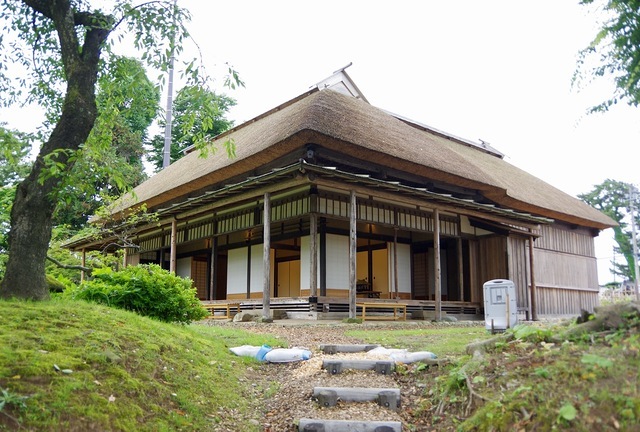
For my fifth day in Japan, I decided to visit Akita which is mainly known for the Akita Kanto Matsuri which occurs in early August. This is my second visit to Akita but during the first time all I witnessed was the matsuri mentioned above. As such, I'll see today if Akita is more than a one trick pony.
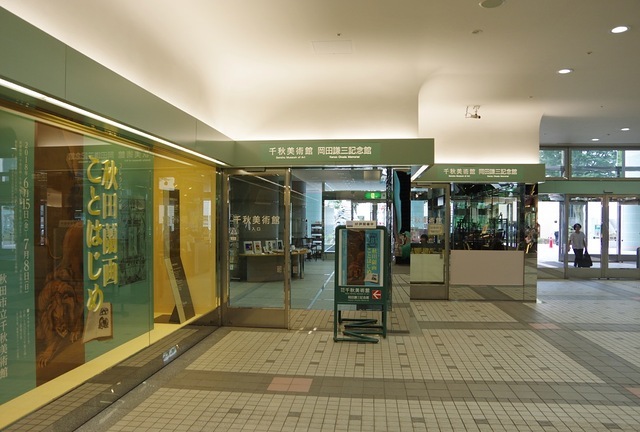
As Akita City is the capital of the aptly named Akita Prefecture, the town includes a large number of museums. Due to this, I decided to buy the Kuririn Tour Pass which costs 500 yen and gets you into 8 different museums around the city. My first stop was the Senshu Museum of Art. No photography is allowed inside but this smallish museum includes some exquisite (and I think famous) pieces of art. Entry is either 300 yen or included in the Kuririn Tour Pass.
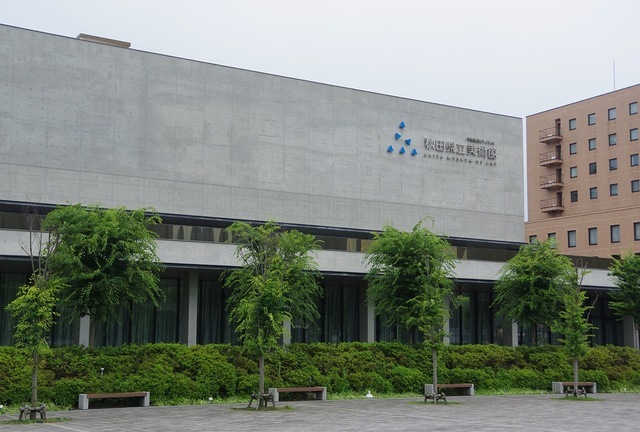
Located opposite Senshu Castle Park, the Akita Museum of Art consists of two different rotating exhibits which changes depending on the season. It costs 310 yen to enter or you get a discount with the Kuririn Pass (250 yen). Note that no photography is allowed inside and enjoyment levels will differ significantly depending on the exhibit (I did not like the current exhibit!)
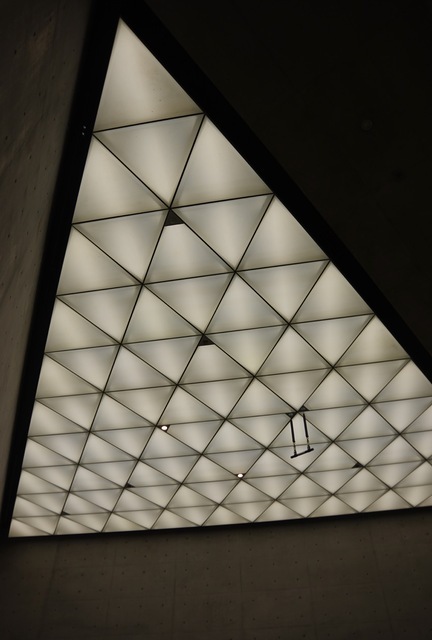
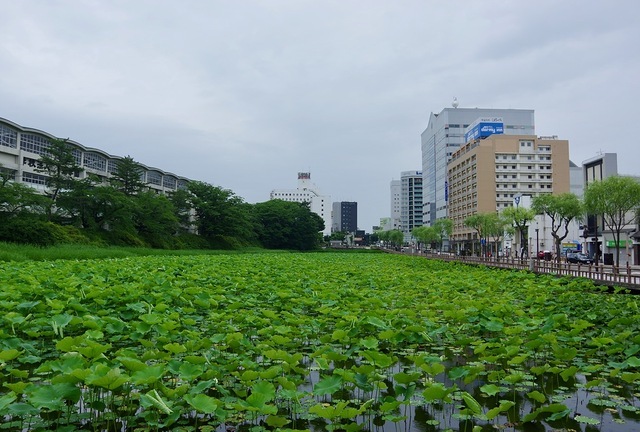
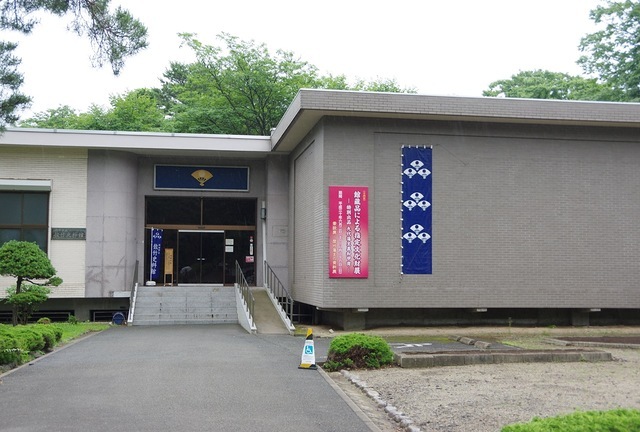
Around a 5 minute walk from the Akita Museum of Art as you walk uphill into the castle is the small Satake Museum. It costs 100 yen to enter or is free with the Kuririn Tour Pass. This museum includes some good quality samurai outfits and other objects from the time. It should interest most people but I've seen too many samurai outfits (but these are better than normal)
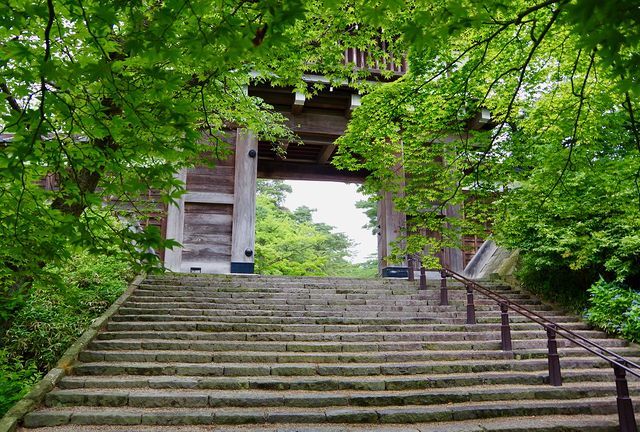
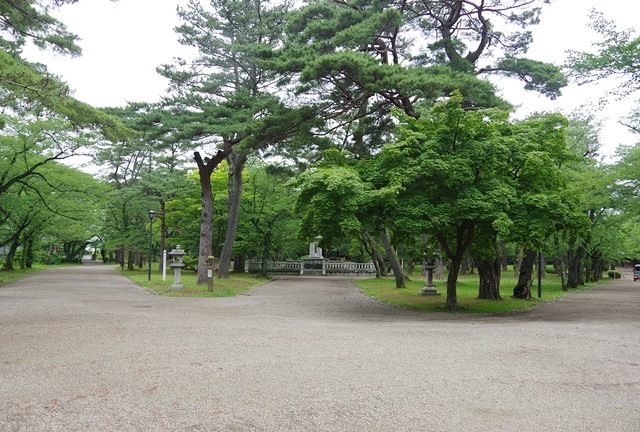
One interesting thing I have found is how former castles have been repurposed after the Meiji restoration. If it's a small castle (most), then it's turned into a park and possibly a shrine. If it's like Akita's castle then it also includes some government offices, libraries and schools. Note that the clan in charge of Akita gathered a large amount of wealth through mining.
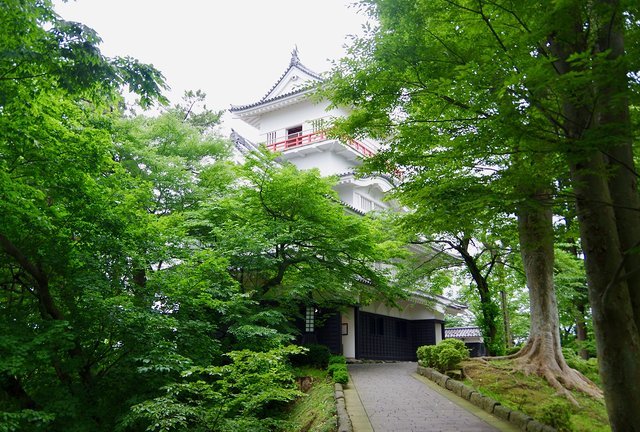
To give you an idea of the original size of Akita Castle, this gun turret (4 stories) is bigger than many of the original castles. This turret costs 100 yen to enter or is included in the Ruririn Tour Pass. As expected, views from the top are quite nice even on a rainy day.
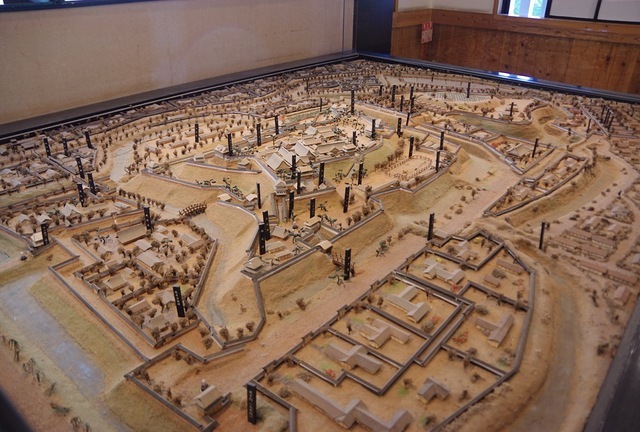
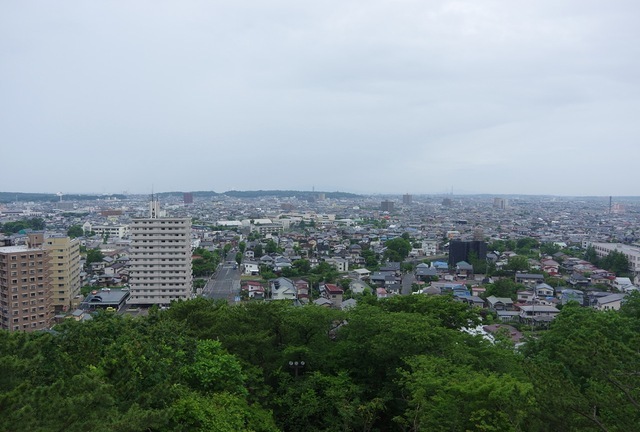
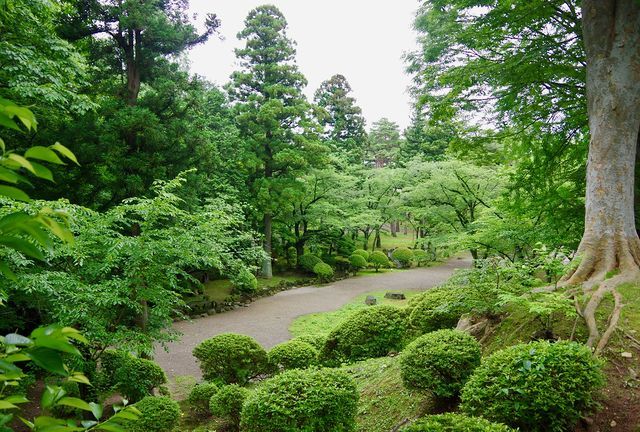
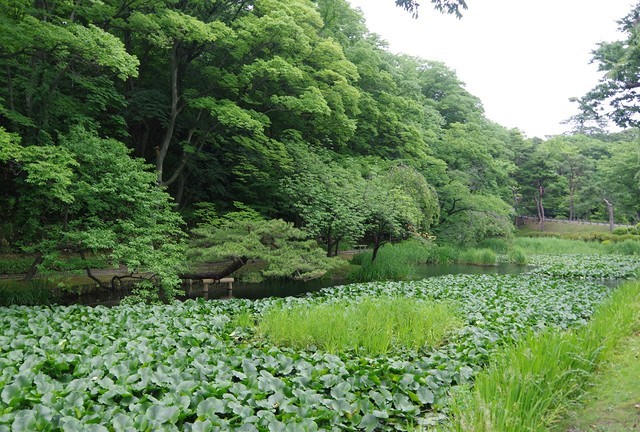
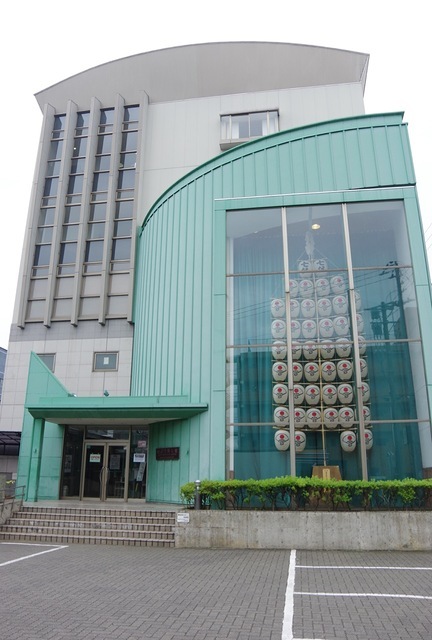
My next stop (around a 6 minute walk) is the Folklore & Performing Art Centre which costs 100 yen to enter (also includes free entry with the Rurinin Pass) and is also the entry point for the Kaneko Residence.
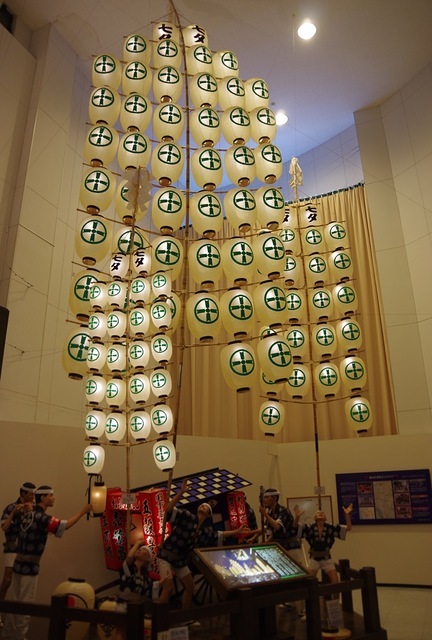
For people who cannot visit Akita during the Kanto Matsuri, this small museum shows the size of the poles. Note that it does not live up to the real thing, but this museum is still good value.

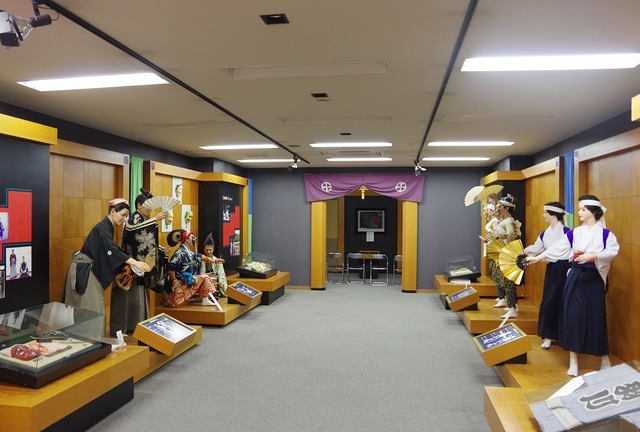
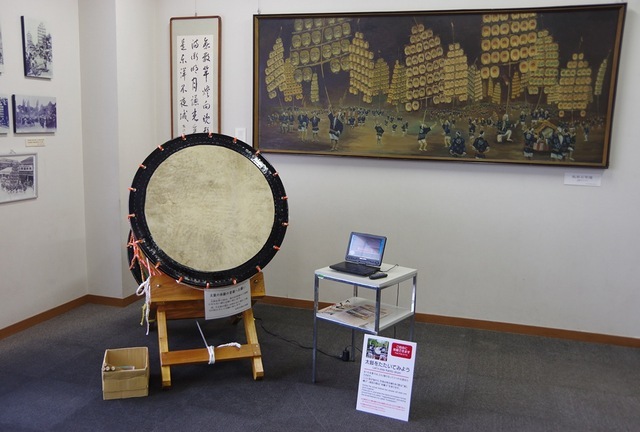
One of my favorite parts of this museum was trying out the Taiko Drums. I never noticed how easy they are to use and stay in rhythm.
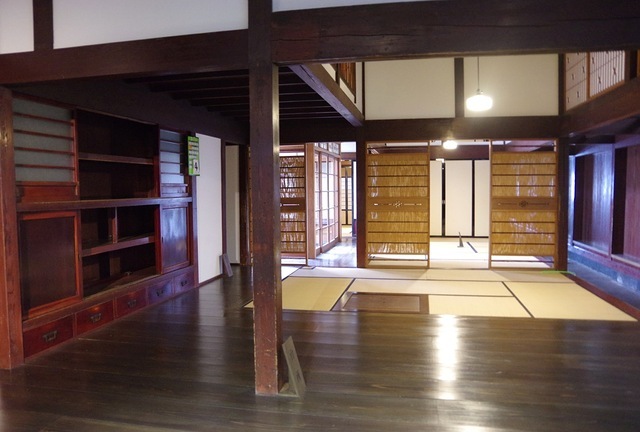
The Kaneko House used to be a clothes shop until 1975 but was thankfully handed over to the local prefecture due to it's beauty. One thing I have not seen anywhere else in Japan (apart from Kakunodate) is the storehouses which look closer to huge vaults.

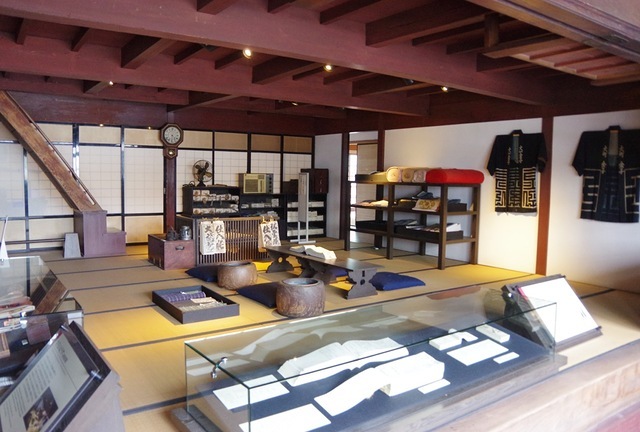
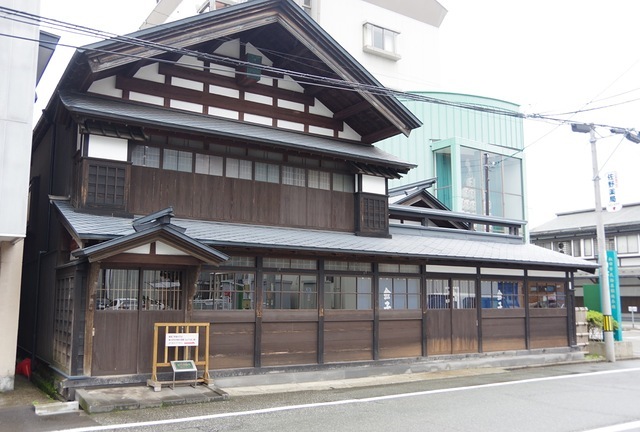
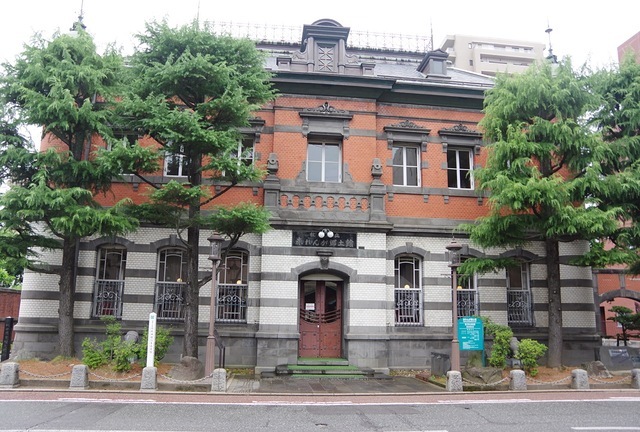
My last stop in the main tourist area was the Akarenga, or Folk Museum. This costs 200 yen to enter or is included with the Rurinin Pass. Note that the museum is much larger than it looks as it also includes a large sub building to the side which includes artwork (including lacquerware, paintings and the like).
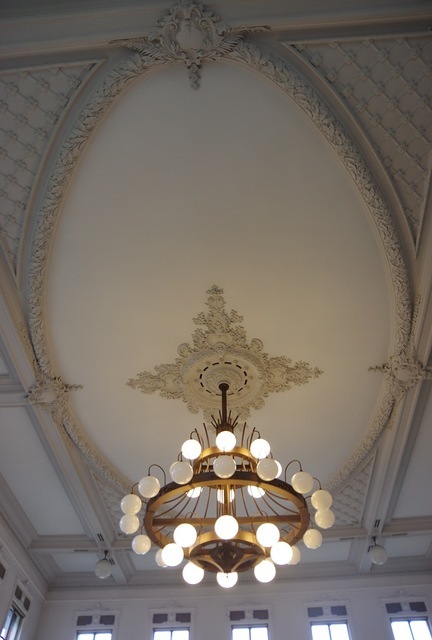
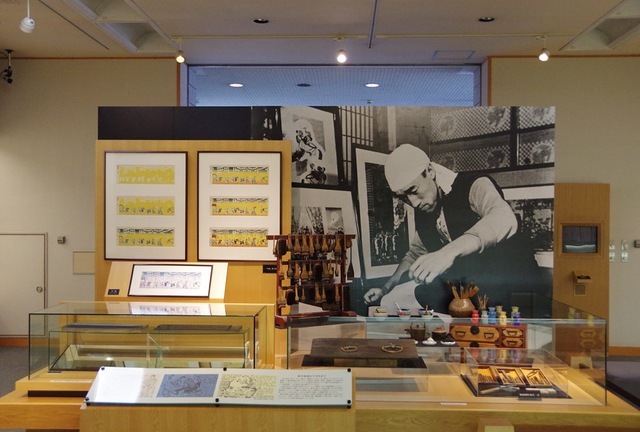
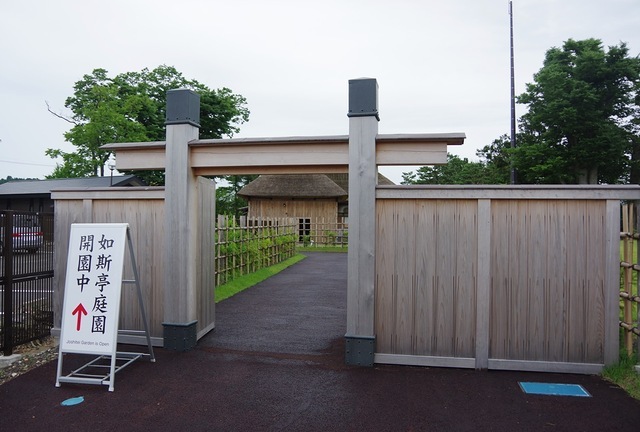
Located around 2 kilometers from Akita Station in the opposite direction of most other attractions is Joshitei Garden, which costs 200 yen to enter. As expected, the Rurinin Pass also gets you entry.
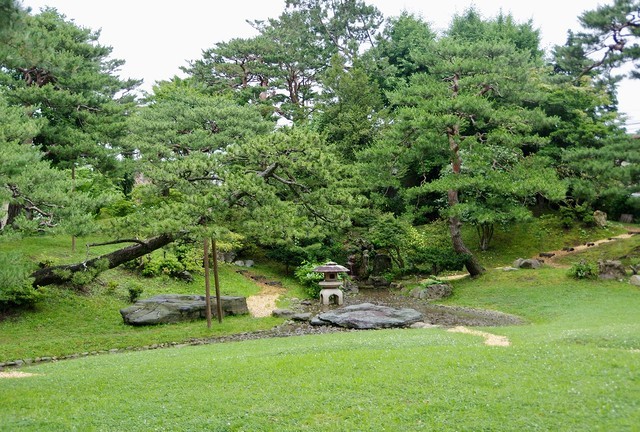
This pretty garden was only reopened in 2017 and was a former villa for the Sakate Clan during 1688-1704. The garden was known as the best garden in the Tohoku Region at the time and was designated as a spot of National Scenic Beauty in 2007.
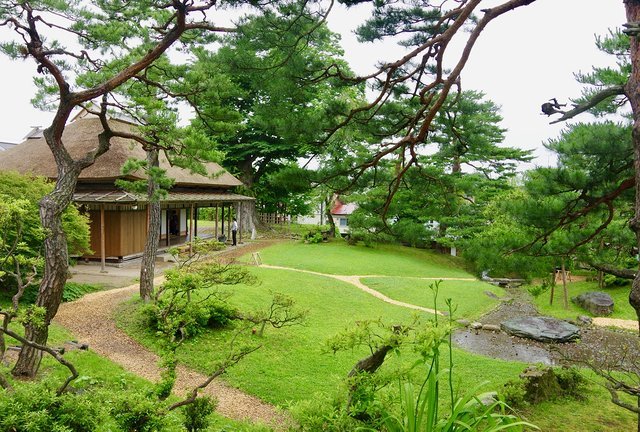
One of the odd things about this museum is they actually guide you inside the building itself (but they do struggle with English - not their fault and I don't expect them to speak English) and show you the unique features of the building itself. The garden took 3 years to rebuild and used historical artefacts to recreate the garden to it's original splendour. Give it another decade and it will look absolutely stunning. Also note that the green rock is said to look like a turtle - which is actually does from some angles!
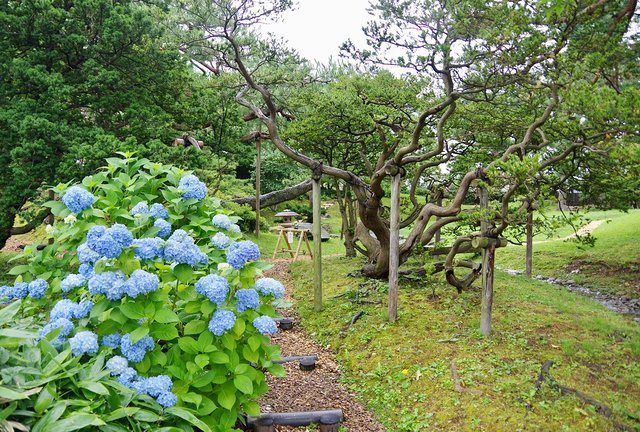
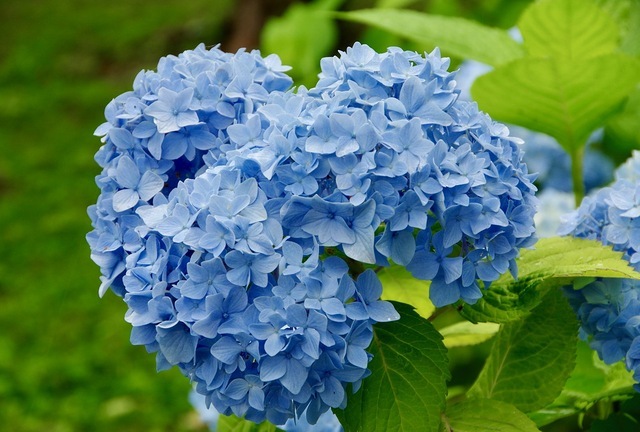
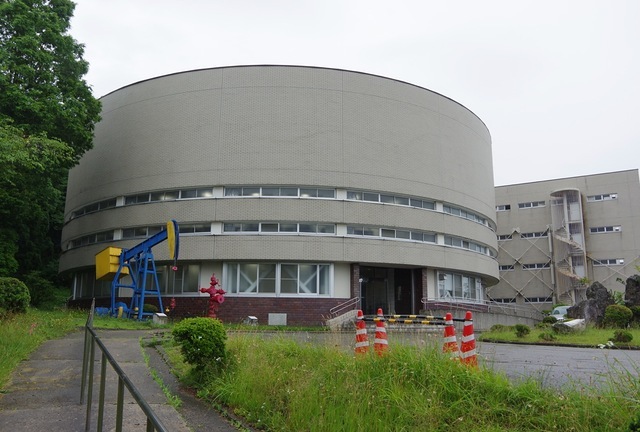
Located around 1 kilometer from Joshitei Garden is the Akita Mineralogy Museum which is a part of Akita University. It costs 100 yen to enter and includes more rocks than most people will know what to do with!
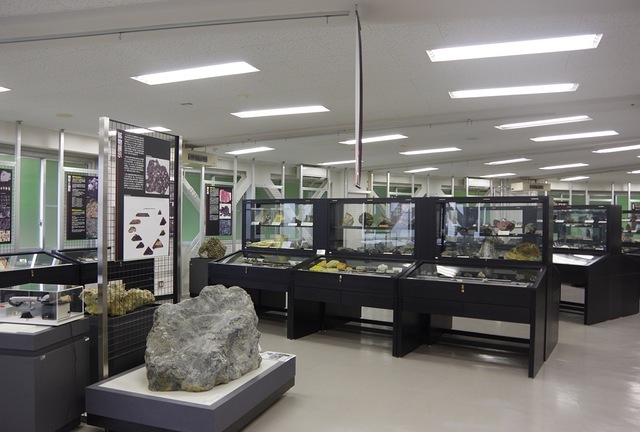
As a garden variety geologist, I can say that I don't often see such a large and complete rock set as what is seen here. There is also lots of oddities for people who are not as interested in geology as I am.
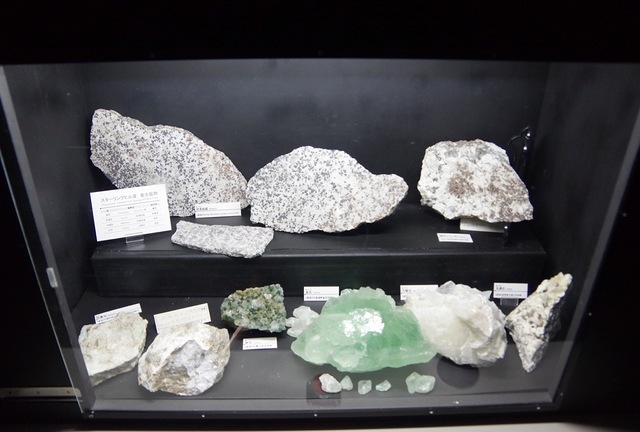
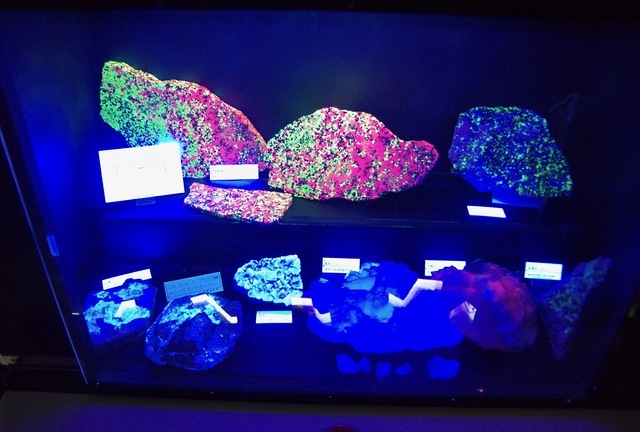
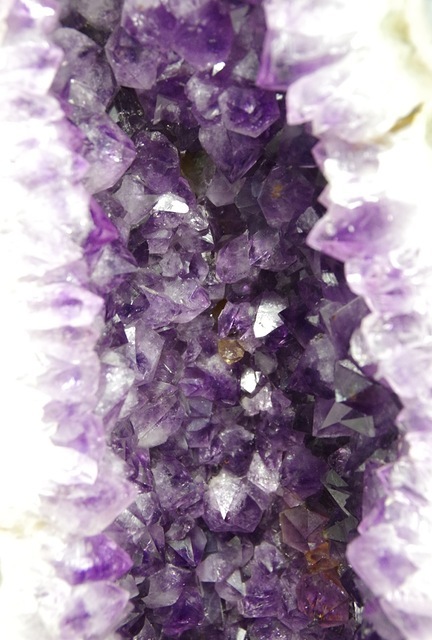
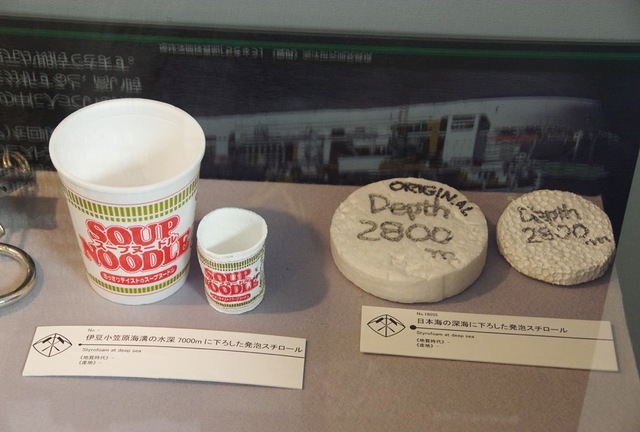
Ever wanted to know what happens to polystyrene when it's put under depth - now you know!
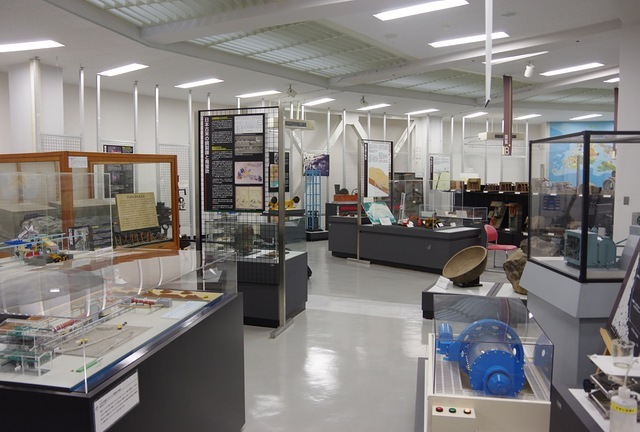
Akita City ended up having a bit more to see than I expected. One location I wanted to visit was Koizumigata Park & the Nara Residence which is around 12 minutes by local train from here. However, spending 3 hours going to visit a garden a residence in the rain at the expense of missing the rest of Akita City was a bit hard to swallow. As such, I'll leave the details below for others which may be interested in visiting these two locations. For tomorrow, I'll be visiting Sakata.
Further Information:
Akita Tourism Website: https://www.akita-yulala.jp/en/
Joshitei Garden: https://www.akita-yulala.jp/en/see/joshitei
Koizumi Park: http://www.koizumigatapark.jp (Japanese Only)
Akita Museum & Nara Residence: https://www.akihaku.jp/english-page.htm
| previous post |
| next post |